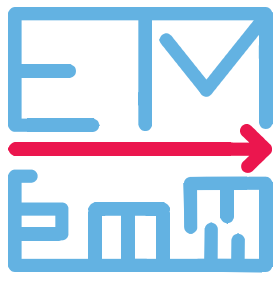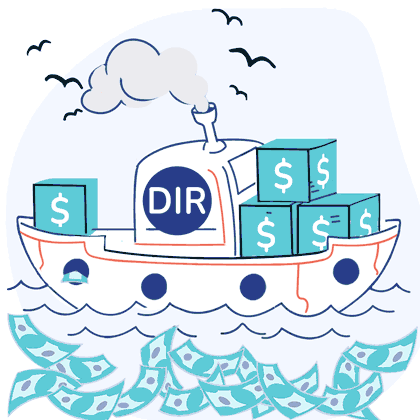RAND Wants Less Paperwork, More Reimbursement for CA Workers’ Comp Providers
%20rounded.png)
The RAND Corporation thinks California workers’ comp providers are spending too much time on redundant paperwork — and getting too little compensation in return.
The state frequently taps the international research firm to analyze the workers’ comp system. A new report from RAND calls for greater efficiency in workers’ comp reporting by digitizing forms like the Doctor’s First Report of Injury or Illness (Form 5021) and eliminating redundant overlaps between reports and other forms like the Request for Authorization (RFA).
The report also proposes new and increased reimbursements for workers’ comp reporting.
The RAND Report
California’s Division of Workers’ Compensation (DWC) asked RAND, headquartered in Santa Monica, to “review the reporting process and pricing structure of the WC-required reports to ensure that the policies are consistent with efficient program administration.”
The RAND report dissects California workers’ comp reporting, compares it to other states’ systems, identifies areas of weakness, and makes recommendations for update and reform.
Workcompcentral reported consternation among some that the report was published with no input from the Commission on Health and Safety and Workers’ Compensation (CHSWC), bypassing the standard opportunities for public discussion and comment.
According to workcompcentral, the 2017 report oddly went unnoticed for months, sitting idly on RAND’s website since at least December.
Flaws in Workers’ Comp Reporting
The RAND report identified several areas of potential improvement in California workers’ comp reporting and documentation. While the firm agreed that the first physician to treat an injured worker following a work-related injury should issue a detailed report, the process and subsequent follow-up are rife with inefficiencies.
Key Findings of the report include:
- Paper reporting and documentation is a major source of friction. The report does note that some providers may lack the technology to transition to fully electronic reporting and documentation, but ultimately concludes that a failure to digitize the workers’ comp system is a significant hindrance to efficiency.
- Workers’ comp forms capture mutually redundant information. For example, the RFA and the Primary Treating Physician’s Progress Report (PR-2) share many of the same fields, as do the Permanent and Stationary (P&S) Report and the Return to Work (RTW) and Voucher Report.
- Reimbursement for reports is not consistent with the time and effort required to fully complete these reports. For example, the DFR is not reimbursable at all. The PR-2 is also “undervalued relative to other services for comparable activities.”
Fixing Workers’ Comp Reporting
The RAND report makes several significant recommendations, some of which may give providers cause to cheer. Among the recommendations:
-
Require only the Primary Treating Physician to submit a Form 5021. The only exception would be when a physician is the first to treat the injured worker, but will not continue to treat said worker. In such a case, both the first physician and the Primary Treating Physician would submit a Form 5021.
- Combine the RFA and PR-2 forms into one document, with a field which clearly indicates whether the provider is requesting authorization or simply reporting progress.
- Eliminate overlapping information on the P&S and RTW and Voucher reports.
- Require Secondary Treating Physicians to submit combined RFA/PR-2 reports directly to the claims administrator, but also copy the Primary Treating Physician.
- Require reimbursement for complete, timely DFRs and PR-2 reports at a rate of approximately $30.00
We here at daisyBill need no convincing when it comes to eliminating paper from the workers’ comp process. We’re also happy to see a push to properly compensate providers for burdensome reporting and documentation requirements.
For their part, the DWC is apparently taking RAND’s recommendations seriously. The Division is in the process of creating an electronic Form 5021 and sent out an electronic survey to gather input from stakeholders on the specifics.
We’ll keep readers informed of any further potential implementation of RAND’s report.
Like RAND, we believe in going paperless. Our Billing Software electronically submits all provider bills, saving time, resources, and the planet. Sign up for a free demonstration today.
REQUEST DEMO
DaisyBill provides content as an insightful service to its readers and clients. It does not offer legal advice and cannot guarantee the accuracy or suitability of its content for a particular purpose.


.gif)

